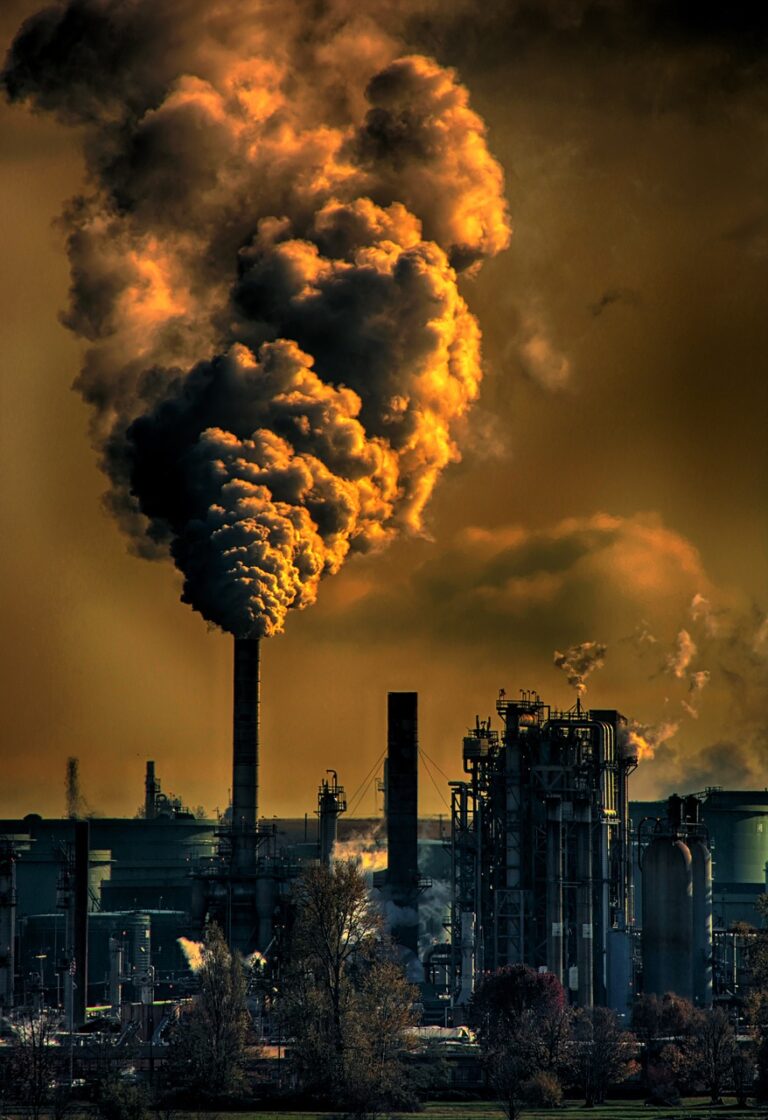INDONESIAN COAL
Regarding global coal reserves, Indonesia currently ranks 9th, containing roughly 2.2 percent of total proven global coal reserves according to the most recent BP Statistical Review of World Energy. Around 60 percent of Indonesia’s total coal reserves consists of the cheaper lower quality (sub-bituminous) coal that contains less than 6100 cal/gram.
There are numerous smaller pockets of coal reserves on the islands of Sumatra, Java, Kalimantan, Sulawesi and Papua but the three largest regions of Indonesian coal resources are:
1. South Sumatra
2. South Kalimantan
3. East Kalimantan

Indonesia is the world’s third-largest coal producer as well as one if its largest net exporters – accounting for over 40% of total world steam coal exports in 2015. The island nation primarily exports to China and India, which compete to import low-grade Indonesian coal. Indonesia is China’s largest supplier, with China’s import levels from Indonesia serving to determine Indonesian coal prices. IHS Markit launched the Indonesian sub-bituminous index in 2010 and offers detailed pricing for two other types of Indonesian coal types as well.
With China as one of its main customers, Indonesia has suffered from China’s economic slowdown and India’s failure to fill the gap as the latter turns increasingly to domestic suppliers. The 2015 decrease in Asian demand for coal hit Indonesian suppliers the hardest, wiping out three years of growth. At the same time, Indonesian suppliers face growing competition in other key markets, where overreliance on Indonesian coal has surfaced as a concern, and South Africa and Columbia are emerging as attractive alternative supply sources.
Still, Indonesian coal presents massive potential: In 2013, the country had 28 BMT of bituminous and sub-bituminous coal. Its reserves are young albeit of low calorific value. With its ample infrastructure, the country has not only been able to supply low-grade coal to China and India, but also much of Southeast Asia and Korea. IHS Markit expects Indonesia to continue to play a key role in providing for these demand centers with thermal coal exports reaching 367MMT by 2020 and steadily increasing through 2040.